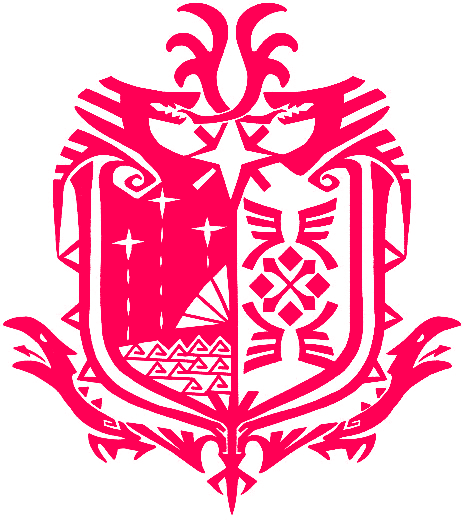
As even aborigines "vaguely familiar with the underlying real animals" often confuse the whale, mammoth, and unicorn: they conceptualized the mammoth and whale as aquatic, as well as the mammoth and unicorn possessing a single horn for inland populations, the extant whale "remains. Finnish linguist Juha Janhunen tentatively compares * gərin to an etymon reconstructed as * kalimV, denoting " whale" and represented in the language isolate Nivkh and four different language families Tungusic, Mongolic, Turkic and Samoyedic, wherein * kalay(ә)ng means "whale" (in Nenets) and * kalVyǝ " mammoth" (in Enets and Nganasan). Īxel Schuessler reconstructs 麒麟's Old Chinese pronunciation as * gərin. The identification of qilin with giraffes has had a lasting influence: even today, the same word is used for the mythical animal and the giraffe in both Korean and Japanese. Also, the qilin is described as having antlers like a deer and scales like a dragon or fish since the giraffe has horn-like " ossicones" on its head and a tessellated coat pattern that looks like scales, it is easy to draw an analogy between the two creatures. Its reputed ability to "walk on grass without disturbing it" may be related to the giraffe's long, thin legs. The identification between the qilin and the giraffe is supported by some attributes of the qilin, including its herbivory and quiet nature. However, "lin" alone often carries the same generic meaning. It is said that the female is called the lin ( 麟), the male is called the qi ( 麒) and "qilin" is a designation for the whole species. The Emperor proclaimed the giraffes magical creatures, whose capture signaled the greatness of his power. Zheng He's fleet brought back two giraffes to Nanjing and they were referred to as "qilins", with giraffe meaning geri in Somali. The Ming Dynasty bought giraffes from the Somali merchants along with zebras, incense, and various other exotic animals.

The identification of the qilin with giraffes began after Zheng He's 15th-century voyage to East Africa (landing, among other places, in modern-day Somalia). The legendary image of the qilin became associated with the image of the giraffe in the Ming dynasty.

The earliest references to the qilin are in the 5th century BCE Zuo Zhuan.


 0 kommentar(er)
0 kommentar(er)
